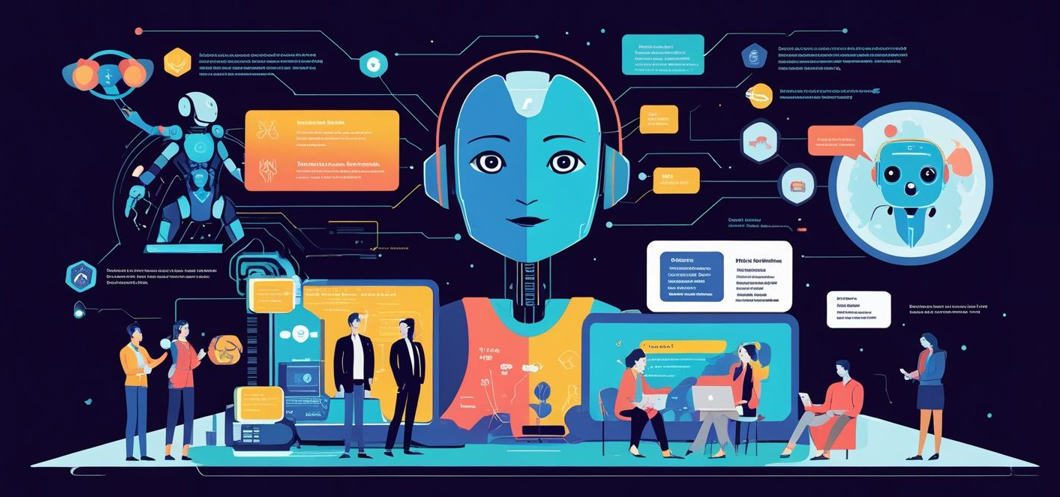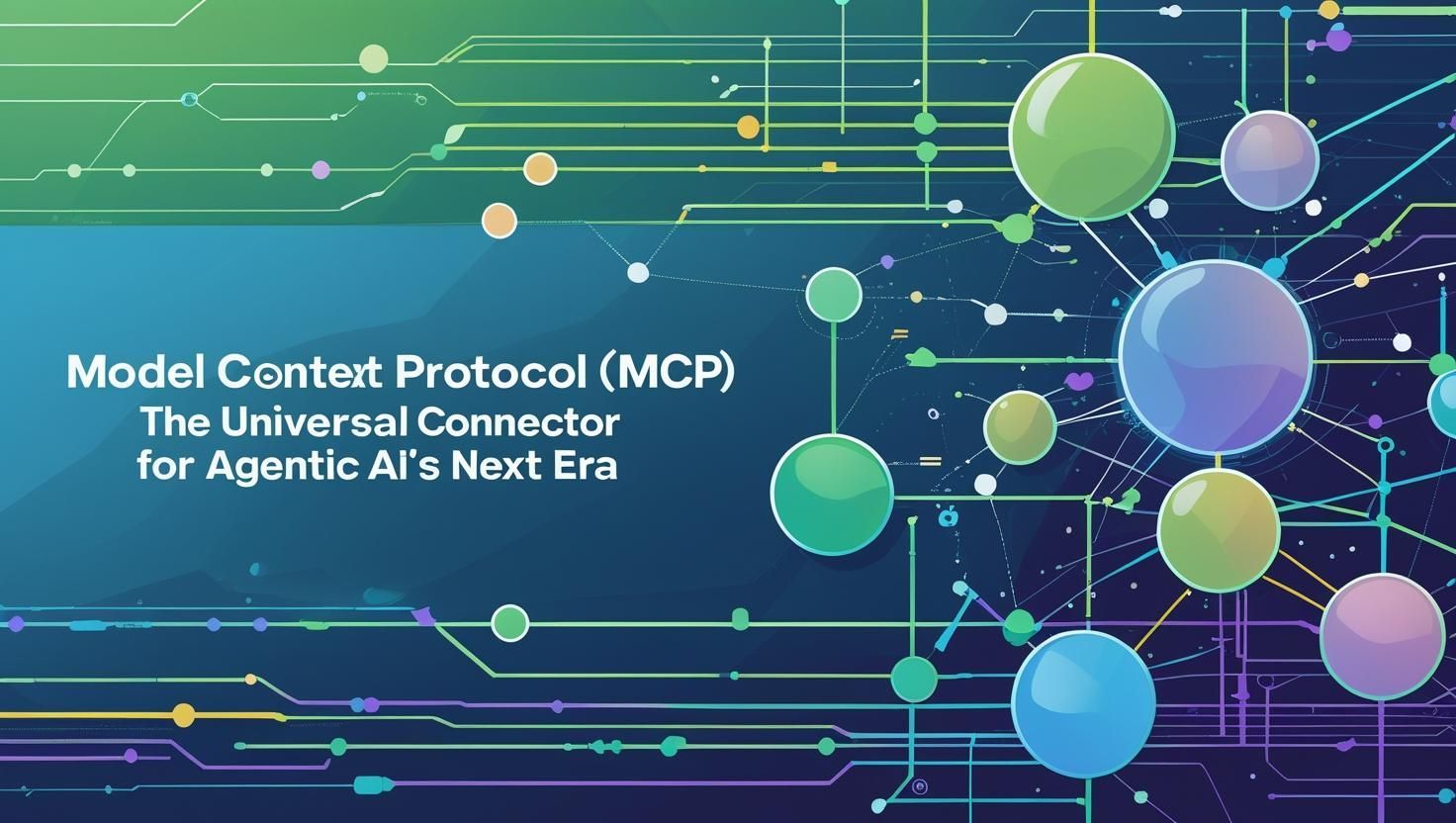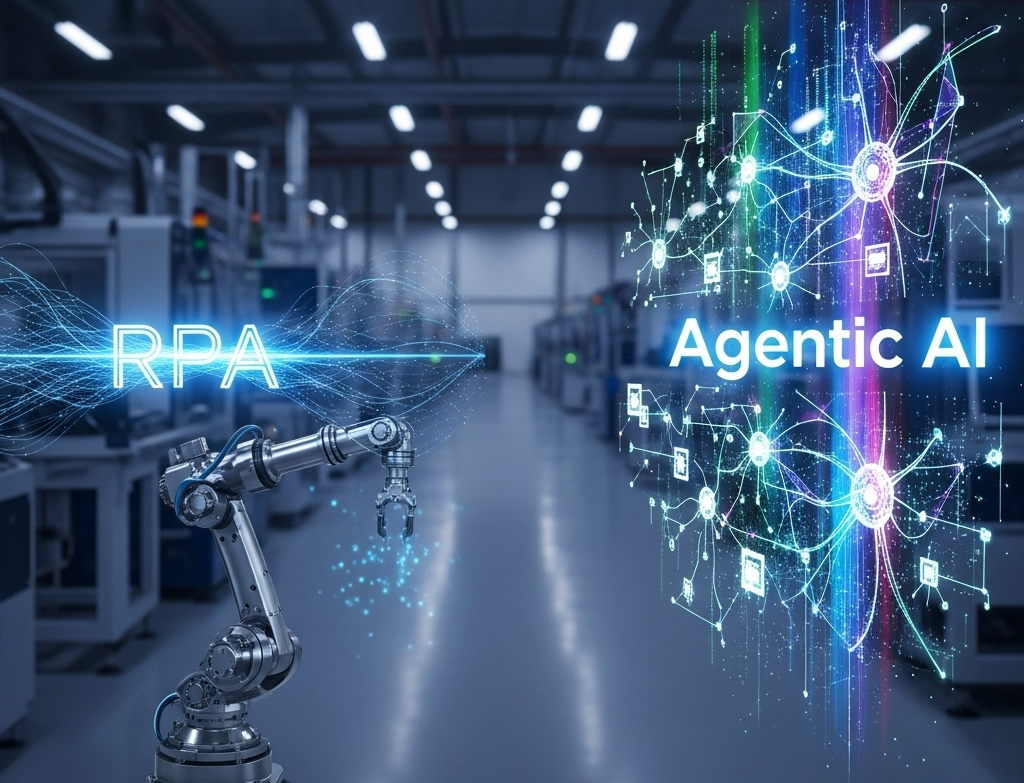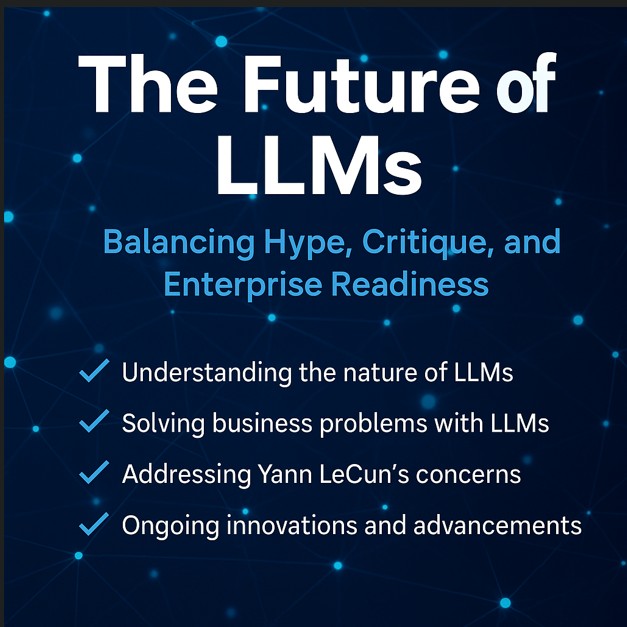How to Make Self-Service Analytics Work in the GenAI Era
In today's rapidly evolving digital landscape, self-service analytics is undergoing a transformative shift. The rise of Generative AI (GenAI) presents an unparalleled opportunity for enterprises to accelerate value creation, improve decision-making, and democratize data usage across the organization. Yet, many companies struggle to realize the full potential of GenAI when embedded in self-service analytics due to a lack of strategic vision, technical readiness, and process integration. Drawing from industry trends, strategic frameworks, and my own experience leading AI and digital transformation programs, I propose a path forward.
The Reality Check: Why GenAI-Enabled Self-Service Often Fails
Despite the hype, three major issues frequently derail these initiatives:
- Lack of Strategic Alignment: Too often, GenAI is pursued as a technology goal instead of a tool to fulfill broader business strategies. Many companies lack a coherent AI vision or a roadmap that links GenAI to customer value, product innovation, or operational efficiency.
- Immature Data and Analytics Foundation: Off-the-shelf GenAI models are rarely domain-specific. To fine-tune these models and deliver reliable insights, companies need a robust data governance framework, scalable infrastructure, and digitized business processes. However, only 4% of IT leaders say their data is AI-ready.
- Disconnected Analytics Suites: Successful self-service analytics must go beyond dashboards. Integrating GenAI with diagnostic, predictive, and prescriptive analytics requires seamless orchestration between technology platforms and functional business units.
Framework for Success: People, Process, Technology
To make GenAI-enabled self-service analytics work, organizations must simultaneously invest in:
- People: Engage stakeholders beyond the C-suite. Strategic planning should start with middle managers, technical teams, and business process owners. Building trust, ownership, and fluency among users is key to reducing resistance and accelerating adoption.
- Process: Reimagine business processes through discovery-driven planning. Map the customer journey and value streams before embedding GenAI. This ensures that transformation is purposeful and aligned with business outcomes.
- Technology: Upgrade analytics stacks and data platforms to support GenAI workflows. Ensure the environment is ready for vector databases, unstructured data processing, and retrieval-augmented generation (RAG) pipelines.
Three Strategic Recommendations
- Reverse Planning with GenAI Radar
Instead of top-down mandates, adopt a discovery-driven planning model. Use frameworks like Gartner's GenAI Impact Radar to identify high-impact areas across front office, back office, products, and core capabilities. Align those opportunities with specific KPIs, and begin with agile pilots. - Future-Proof Data Strategy and Governance
Build a scalable, ethical, and business-aligned data strategy. Ensure your platform supports unstructured data, traceable business processes, and vectorized storage. Adopt enterprise architecture models like TOGAF or ISA-95 for full visibility from raw data to business outcome. - Integrate Analytics Suite with Domain-Specific GenAI
Close the last mile by integrating your analytics applications (descriptive, predictive, and prescriptive) directly into GenAI workflows. Use approaches like fine-tuning, prompt engineering, or training custom LLMs to inject your business context. Ensure appropriate QA and governance layers.
Conclusion: A Catalyst, Not a Shortcut
GenAI is not a plug-and-play solution. To unlock its true potential within self-service analytics, companies must orchestrate a synergy between people, process, and technology. When done right, GenAI can act as a catalyst—driving productivity, insight velocity, and strategic differentiation.
As someone who has helped enterprise leaders design and scale AI platforms across banking, manufacturing, insurance, and eCommerce, I’ve seen firsthand that the future belongs to companies that treat GenAI not as a side project, but as an integrated force multiplier.
About Author:
Towhidul Hoque is an executive leader in AI, data platforms, and digital transformation with 20 years of experience helping organizations build scalable, production-grade intelligent systems.










